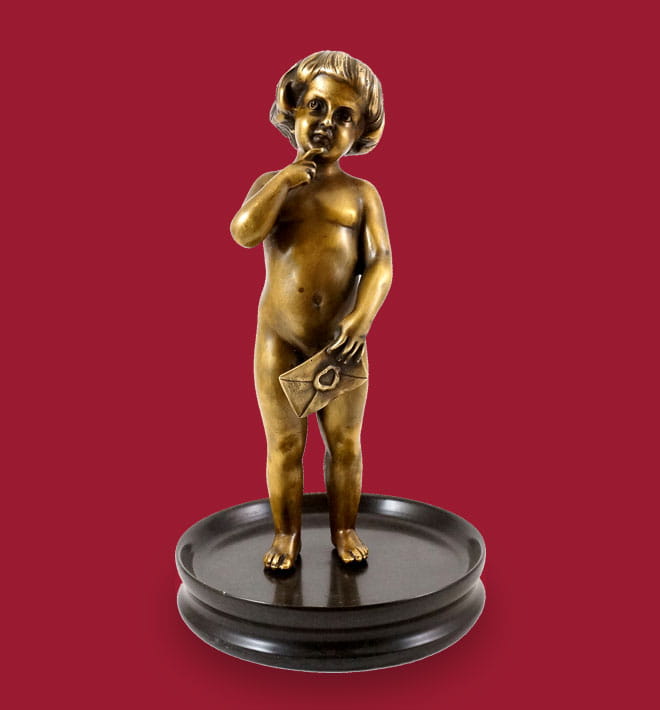Franz Xaver Bergmann (1861-1936)
is known as the founder of the most famous bronze foundry of Vienna. He was born on 26 Born September 1838 in Jablonec. As a young man he moved to Vienna, Austria and he learned the craft of bronze processing at the foundry of Josef Ott. After he finished his education at Ott's foundry he married the daughter of his master. When he went to the World Exhibition of 1884 at Paris, he got the first time in touch with the French bronze art and discovered the secret of natural patina.
Das Leben von Franz Bergmann
Because the young artist was deeply impressed by this sculptures made of bronze, he decided to make bronze sculptures by himself. Producing bronze sculptures was supposed to become a great idea; after he founded his foundry in Vienna he gained much honour.
The day he retired, his son Franz Xaver Bergmann took over the foundry. The son, also a master of processing bronze, hired a painter who decorated the sculptures made by him. In 1900 he took part at the World Exhibition at Paris and was honoured for his bronze sculptures with a golden medal.
Einflüsse auf seine Werke
Franz Xaver also invented the famous "mug-logo" in 1900 that become a recognition feature of the products made by his foundry. Another graphical invention of the foundry was the signature "NAMGREB", the backwards spelled name of the company. This signature was used for erotic sculptures.
The foundry used the signature "NAMGREB" because the society was quite minted by prudery and with using "NAMGREB" the foundry was not immediately connected with the little erotic sculptures. The remaining product line included animals like frogs, cats, birds, rabbits, dogs as well as sculptures on Indians and other individuals.
Both World Wars as well as the Great Depression stopped the great success of the foundry; because of the political events and probably also because of the defence industry many of the sculptures were melted down, irreparable destroyed and got lost forever. This time Franz Xaver Bergmann closed the foundry but his son Robert took over later and reopened the foundry with great success. After he died, his widow continued the work of her departed husband.
In 1960 she sold the company to Fuhrmann & Co.















